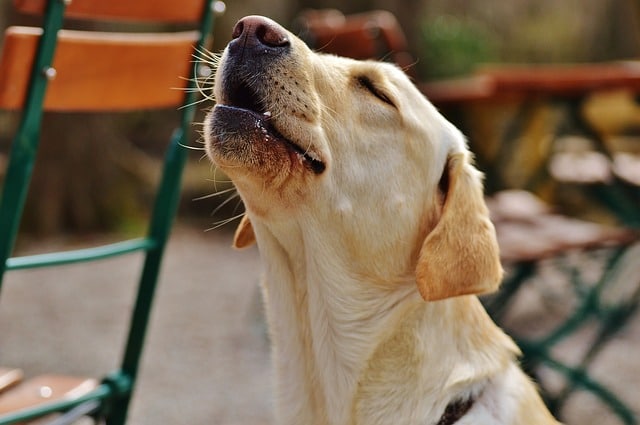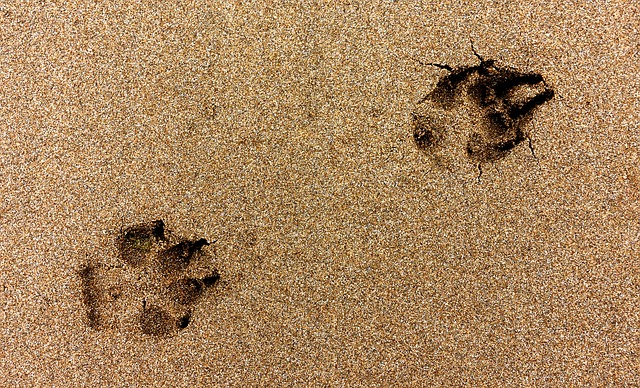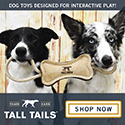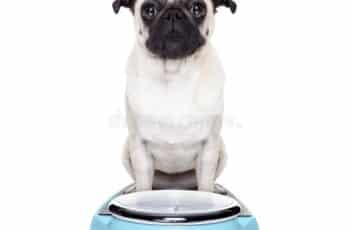High on the list of dog owners’ complaints is that their dogs tend to be destructive or disruptive when left alone. This is especially true for those who have pets with tight bonds. They are at increased risk for canine separation anxiety.
Their dog may urinate or defecate inside, bark for extended periods or howl incessantly. They may also chew, dig, or try to escape. These behaviors sometimes only mean that a dog needs better house manners.
It could also be that the dog is distressed. When accompanied by other behaviors, such as drooling or uneasiness when the owners prepare to leave the house, it may be more concerning. It is more likely that the poor dog has canine separation anxiety.
What is Canine Separation Anxiety?
When a dog becomes exceptionally upset when being separated from its owner, it is called Canine Separation Anxiety. This anxiety may cause other destructive behaviors, either instantaneously or within several minutes. Canine separation anxiety is triggered when the person to whom the dog is most firmly attached prepares to leave the house.
While many signs are subtle, some do point to this kind of anxiety more obviously than others. A prime example is a dog having “accidents” inside the house when they are well trained.
Why Does Canine Separation Anxiety Occur?
Dogs are social creatures. Being alone is something that a dog doesn’t understand. Even a very well trained and socialized dog can develop Canine separation anxiety. Dogs that are attached and rarely left alone are more likely to suffer if they don’t learn how to cope with being left alone.
These dogs become easily agitated and depressed if left alone and their escape attempts are often extreme. They frequently inflict injury on themselves and cause household destruction; especially around exit points such as doors, windows, and weak or glass walls.
How to Know If Your Dog Has Canine Separation Anxiety
Some behaviors are evident but commonly misunderstood; for example, whining. As soon as the owner prepares to leave the house, your dog may start to cry. The owner may find it cute rather than concerning or feel good that the dog will miss them so much.
Signs and Symptoms of Canine Separation Anxiety
Below are some of the signs and symptoms that may indicate your dog is suffering from Canine Separation Anxiety. However, when interpreting any of the following signs or symptoms, one must consider the amount of training the dog has received.
They are urinating and defecating.
One of the primary identifying behaviors is a dog urinating or defecating inside the house when their owner is absent. If the dog does the same when their guardian is present, it could merely mean the dog needs to be better trained.
Barking and howling.

howling may be sypmtom of canine anxiety
Barking and howling after being left alone, if persistent and not triggered by anything else, is a common indicator of separation anxiety.
Chewing, digging, and destroying things.
Some dogs chew incessantly, very commonly on wooden door frames, window sills, and furniture. They dig around doors or gates and railings and destroy household objects when left alone. This behavior can lead to self-injury, i.e., broken teeth, cut and scraped paws, and damaged nails.
If these things commonly happen during the absence of the owner, they are among the most reliable indicators of separation anxiety.
https://excellentdogsclub.com/5-easy-steps-to-stop-your-dogs-destructive-chewing/
Escaping:
This behavior often accompanies chewing and digging. If suffering from separation anxiety, in addition to being destructive, a dog will try to avoid an area to which it is confined. An escaped dog causes much concern for the owner who worries about them becoming injured, lost or destroying the property of others.
Pacing:

pacing may be a symptom of canine anxiety
A dog pacing in a circular or other defined patterns such as continuously walking back and forth in a straight line as soon as the owner leaves is most likely suffering from separation anxiety.
Coprophagia:
A dog may consume some or all of its excrement in the absence of the owner. This symptom is one of the hardest to identify as a cause of canine separation anxiety. Happening when no one is home to observe this behavior, it may not be readily apparent that it is taking place.
There are a few things that can be done to help your dog cope with having to be alone. Some find that leaving either a radio or television playing keeps the dog company and calms them down. Others hire someone to check in on them or to take them a walk if they must be left alone for long periods. Occasionally, getting a second dog to buddy with helps alleviate the anxiety. If good common sense does not prevail, a quick visit to the vet for advice is always a reasonable recourse.
Canine Post-Isolation Anxiety Disorder
Check out this article for even more information on this topic.



